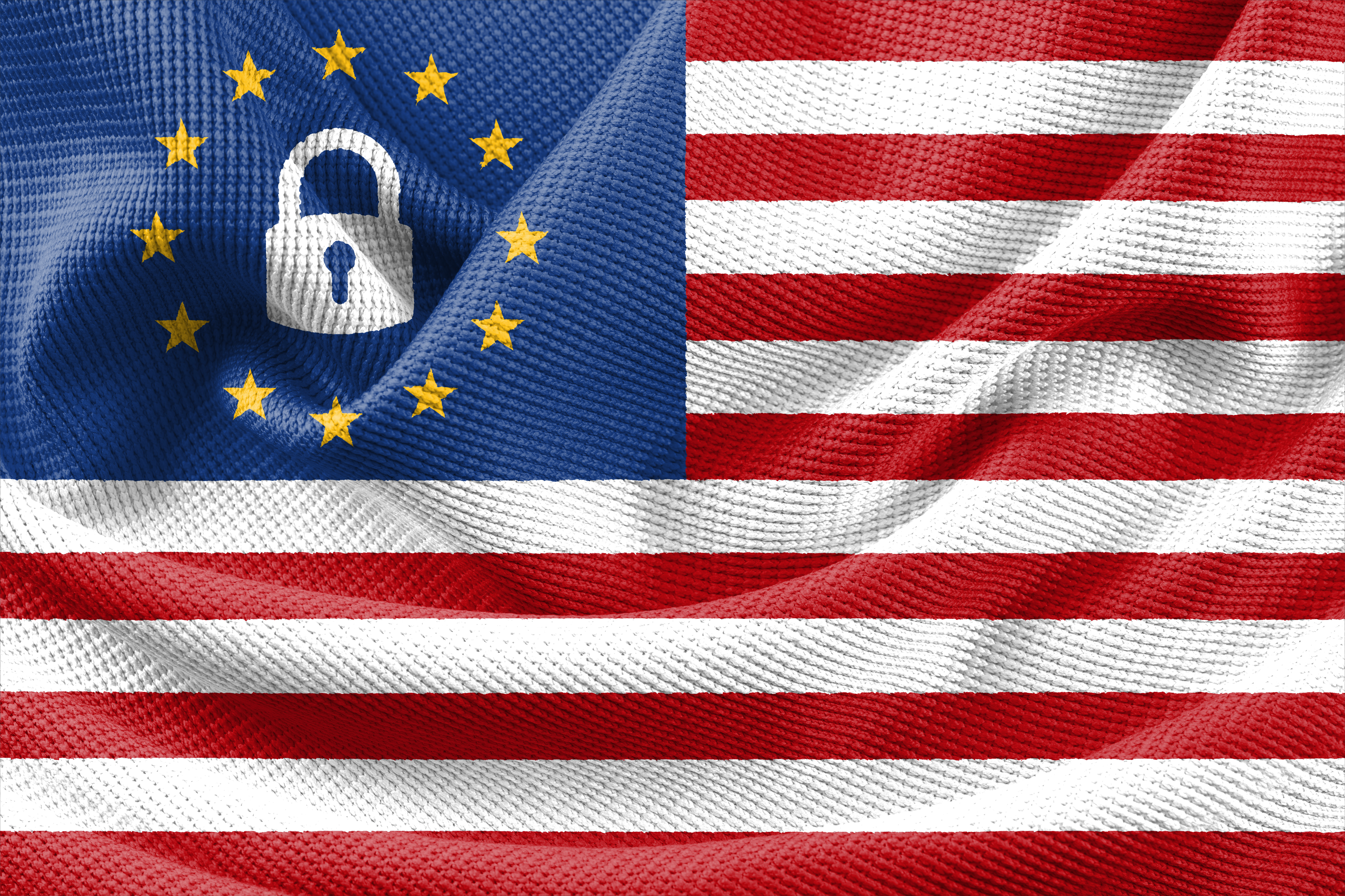Higher tariffs are coming for some domestic importers even before President-Elect Trump’s inauguration on January 20, 2025. Our team has been reporting throughout the year on the Biden Administration’s recent use of the Section 301 investigations targeting imports from the People’s Republic of China. Most recently, the United States Trade Representative (“USTR”) published a notice on December 16, 2024, indicating that it will ring in the New Year by increasing customs duties on products imported from China under five tariff codes. 89 FR 101682.
USTR Katerine Tai describes the action as a modification of the existing Section 301 investigation to target goods of China origin intended to challenge domestic US investment in the clean energy sector. Specifically, imports of selected tungsten products, polysilicon, and wafers will see increased duty exposure. Duties on tungsten products will increase 25% across three tariff subheadings. Duties on polysilicon and wafers will increase 50% under one subheading each. These modifications are in response to the latest statutory review of the Section 301 action and public comments received from domestic US stakeholders throughout 2024.
It is clear from this action and the historic trendline that the US perception of trade with China is largely a bipartisan issue – and one that will extend into the Trump 47 Administration. Each major US political party views China's practices and policies related to technology transfer, intellectual property, and innovation as placing an unacceptable burden on domestic US production and commercial interests. Our 2024 bulletins on this issue with analysis and practical next steps are available here:
- Immediate Next Steps for New China Tariffs
- Action Items for New China Tariffs
- China Tariffs - New Section 301 Customs Duties Effective September 27, 2024
The immediate action item begins as always with strong sales and operations planning. The duty impact will start as goods are entered or withdrawn for consumption on January 1, 2025. This means that purchasing, sales, manufacturing activities, and inventory requirements may require adjustment to the extent possible since the landed cost of those items will immediately increase.
No one-size-fits all strategy exists to mitigate tariff impact although tools are available to help navigate the path forward. Confirmation of tariff applicability is always recommended to determine whether the tariff codes used today are indeed correct based upon the nature of each item and its country of origin. Going forward opportunities will exist for sourcing alternate foreign supply, negotiating cost drivers with suppliers, lawful tariff engineering of inputs and finished goods, and using methods to aid in cashflow management such as import under bond or duty drawback.
Jonathan R. Todd is Vice-Chair of the Transportation & Logistics Practice Group at Benesch. He may be reached at 216.363.4658 and jtodd@beneschlaw.com.
Vanessa I. Gomez is an Associate in the Practice Group and may be reached at 216.363.4482 and vgomez@beneschlaw.com.
